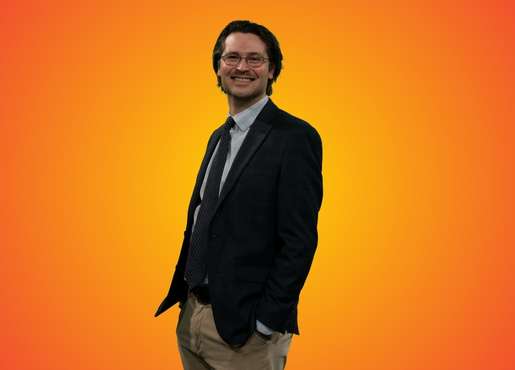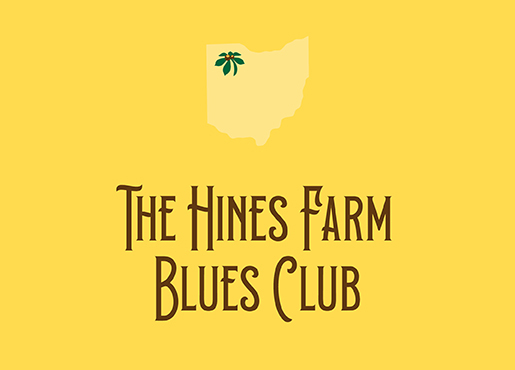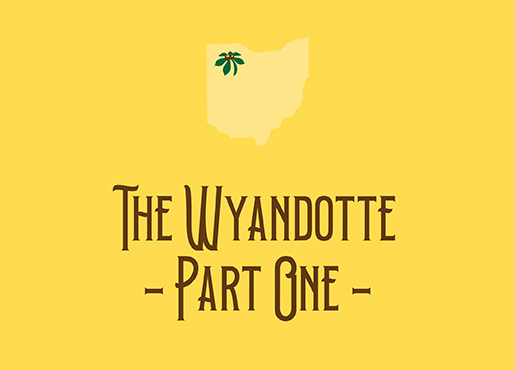
Storied Ground
The Hines Farm Blues Club

In the mid-twentieth century, Toledo was among the thriving epicenters for blues music in the American Midwest, with shows happening nightly at the many blues clubs on Dorr Street, a major thoroughfare for culture and commerce in Toledo’s African American community. But there was no place in Toledo like the Hines Farm Blues Club, located on the property of Sarah and Frank Hines outside the city in the rural farm country of the Swanton/Spencer-Sharples area. What started out as a series of house parties in the Hines’ basement in 1949 grew into the renowned Hines Farm Blues Club, featuring indoor and outdoor performance venues on the Hines’ sprawling acreage that harkened back to the country origins of blues music in the American South. Hines Farm became a favorite Midwestern stop on the Chitlin’ Circuit for nationally celebrated blues artists like B.B. King, John Lee Hooker, Muddy Waters, Little Esther Phillips, and Jimmy Reed, among many others. Local blues legends Big Jack Reynolds, Art and Roman Griswald, and “Blind” Bobby Smith were also regular fixtures at Hines Farm. In this first episode of Storied Ground, we’ll explore the history of the legendary Hines Farm Blues Club and its unique place in the evolution of American blues music, with guests Dr. Matthew Donahue of Bowling Green State University and Toledo blues musician and impresario John Rockwood.
Listen to this Episode
Meet Your Host Nick Pavlik

Nick Pavlik is an archivist and public historian who is passionate about engaging with communities to document, preserve, and share local and regional histories. Since 2015, he has served as the Manuscripts and Digital Initiatives Archivist at Bowling Green State University’s Center for Archival Collections (CAC), where he oversees the development and management of the CAC’s Northwest Ohio manuscript collections and coordinates a variety projects utilizing digital technologies to preserve and provide access to the CAC’s unique and renowned collections. He has also been steadily working to advance the CAC’s priority of ensuring a more inclusive and representative historical record of Northwest Ohio through community partnerships, oral history projects, and digital exhibits highlighting underrepresented or little-known aspects of our region’s remarkable history. Outside his role at the CAC, Nick also works independently as a public historian, and is particularly interested in pursuing collaborative community projects that showcase the power of local history in fostering a unique sense of place, deepening our connection to our everyday environments, and uniting communities in a shared past that bridges social and political divides. He is grateful for the opportunity to pursue this work through the Storied Ground podcast.
Thank You
Voices Around Us® is supported in part by American Rescue Plan Act (ARPA) funds allocated by the City of Toledo and the Lucas County Commissioners and administered by The Arts Commission.

- Home
- Schedules
- TV
- TV
- Local TV Programs
- Business | Life 360 with Kristi K.
- Toledo Stories
- To The Point with Doni Miller
- Listening with Keith Burris
- Ideas & Insights
- WGTE Presents
- BL360: Northwest Ohio Innovation Consortium
- Magic of the Old West End
- Freedom Means Never Surrender
- I&I: The Random Factor
- FF: National Cherry Festival
- TTP: Moms Demand Action For Gun Sense in America
- Watch Live
- Radio
- Education
- Community
- Support
- About
- Donate
- Watch Live





